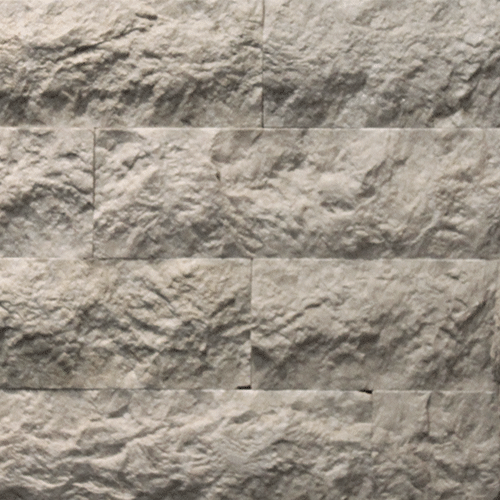Italian Marbles, Guaranteed Quality
It is no coincidence that fine Italian marbles are popular worldwide: in demand from the United States to Canada by way of the Arab Emirates, our marbles are known for their quality and beauty. This fame is also due in part to the Italian know-how derived from a long and still flourishing tradition.
We are perfectly aware that an image cannot convey all the “strength” of a choice variety of marble, so Cittadini Marmi offers customers and dealers its special sample set, comprising:
- 5 samples of different types of marble
- installation diagrams
- company brochure

Main Marbles used by Cittadini Marmi

Botticino
Considered one of the finest Italian marbles, Botticino has low porosity and is extremely compact and resistant to mechanical stresses such as compression, bending and wear, making it ideal for external masonry claddings. It is quarried at Botticino, Nuvolento, Nuvolera, Rezzato and Serle, in the province of Brescia.
Rosso Asiago
Rosso Asiago is a highly prized variety of marble, used for indoor and outdoor projects. It is a sedimentary rock with variegated colour shades tending to dark red, idea for covering walls.


Giallo Reale
A choice variety of Italian marble derived from the metamorphic transformation of sedimentary rocks, with elegant, refined vein patterns which tend towards sunny shades. Ideal for indoor and outdoor use, in rough-faced version it is used above all for boundary walls, on its own or in combination with other marble varieties to emphasise its colour.
BRECCIA
Breccia has a uniform beige colour with streaks ranging from white to pink. Breccia marble quarries are normally in northern Italy and there are very few of them, making Breccia marble one of the most highly prized varieties. Breccia marble is suitable for indoor and outdoor wall coverings and is also a particularly impact-resistant, hard-wearing variety.


Chiarofonte
Chiarofonte is a member of the light-coloured marble family and is generally used outdoors (walls, boundary walls and ornamentation), although it is also quite often found as a rustic decoration for the edges or walls of indoor staircases.

